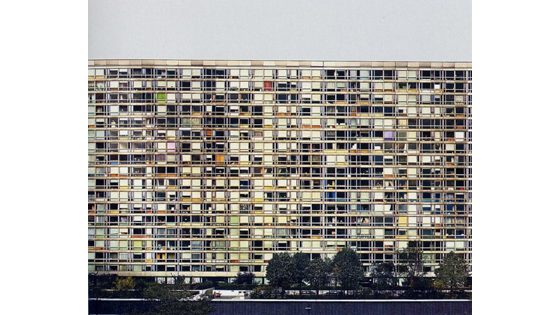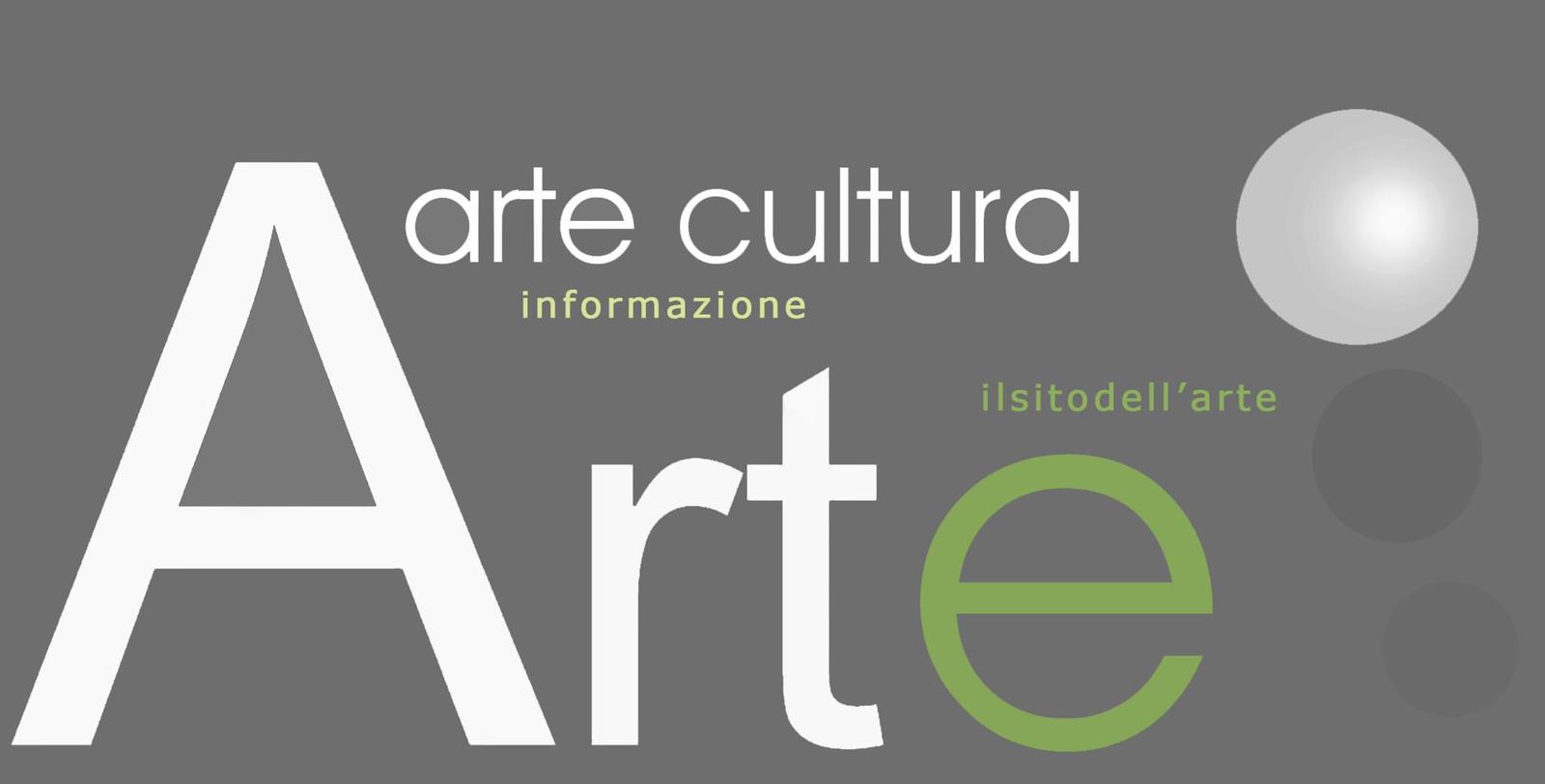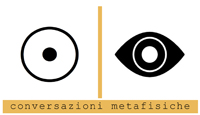Fabrizio Bellomo. Es geht einfach um Nummern
A cura di: Luca Panaro
Inaugurazione: sabato 10 ottobre 2015
Date: 10 ottobre – 28 novembre 2015
Sede: METRONOM | viale G. Amendola, 142 Modena
tel/fax +39 059 344692 | info@metronom.it | www.metronom.it
Orari: da martedì a sabato 15.00 / 19.00 e su appuntamento
Es geht einfach um Nummern è il titolo della mostra personale di Fabrizio Bellomo che Metronom presenta nei propri spazi a partire da sabato 10 ottobre, a cura di Luca Panaro.
Es geht einfach um Nummern (si tratta solo di numeri, traducendo dal tedesco), è lʼindizio principale che Bellomo fornisce per quello che può essere da un lato interpretato come un lavoro di decodifica, dallʼaltro come la ricostruzione di un processo di astrazione portato quasi allʼestremo.
Interessato allʼastrattismo geometrico e ai lavori della Bauhaus, Bellomo ha iniziato a raccogliere fogli di prove colore nei laboratori e centri stampa nei quali si è recato per esigenze professionali. “Il motivo principale di questa fascinazione risiede probabilmente nella consapevolezza gradualmente assunta di come lʼastrattismo si sia sviluppato in parallelo e di pari passo con lʼemergere e lʼavanzare dellʼindustrializzazione, delle macchine, e poi della digitalizzazione”, ci dice Bellomo. I fogli usati per la taratura delle macchine da stampa, prove appunto, normalmente destinati al macero, diventano lo spunto e il terreno sul quale riflettere sulle tecniche di riproduzione e di produzione delle immagini in epoca digitale. Scrive Luca Panaro nel testo che accompagna la mostra: “lʼesperienza che tutti i giorni facciamo con le immagini è oramai costruita da una rappresentazione numerica alla quale corrisponde unʼinformazione visiva […] La digitalizzazione in atto consiste appunto nella conversione di dati continui (analogici) in rappresentazioni numeriche (digitali).”
La mostra si compone quindi come una grande installazione che comprende tanti tasselli, tanti quadrati si potrebbe dire, che cercano di ricostruire un quadro più ampio di connessioni e di conversioni, a partire dalla pratica di codifica dei colori in un sistema modulare e quindi numerico. Allo spettatore il compito di raccogliere gli indizi che Bellomo appronta in un esercizio che si propone come concettuale, prima ancora che formale.
FABRIZIO BELLOMO
Nato a Bari nel 1982, vive e lavora tra Bari, Milano, Berlino. È artista, curatore e regista. Mostre collettive: 2015 Plat(t)form, Fotomuseum Winterthur (Svizzera); ArtAround, MuFoCo, Cinisello Balsamo (Milano); Objet Perdù e Giovane Fotografia di Ricerca in Puglia, Fondazione Museo Pino Pascali, Polignano a Mare (Bari); 2014 2004-2014 10 Anni del Museo di Fotografia Contemporanea, Triennale di Milano; 55° Festival dei Popoli, Firenze; 2013 Video.it, Fondazione Merz, Torino; 2012 Premio Celeste, Roma; 2011 Milano un minuto prima, Fondazione Forma, Milano. Pubblicazioni: Le persone sono più vere se rappresentate, ed. Postmedia Books (Milano, 2014); Io neanche lo vedo più il codice, appunti per un possibile saggio, in Generazione Critica. La fotografia in Europa dopo le grandi scuole, a cura di Marcella Manni e Luca Panaro, ed. Danilo Montanari (Ravenna, 2015).
Ufficio stampa: info@metronom.it; +39059344692; www.metronom.it














